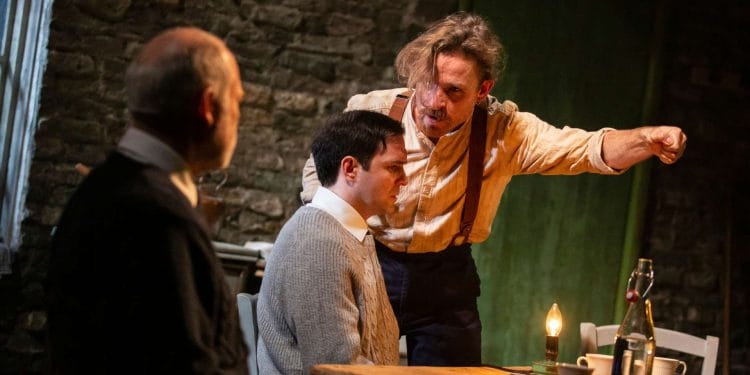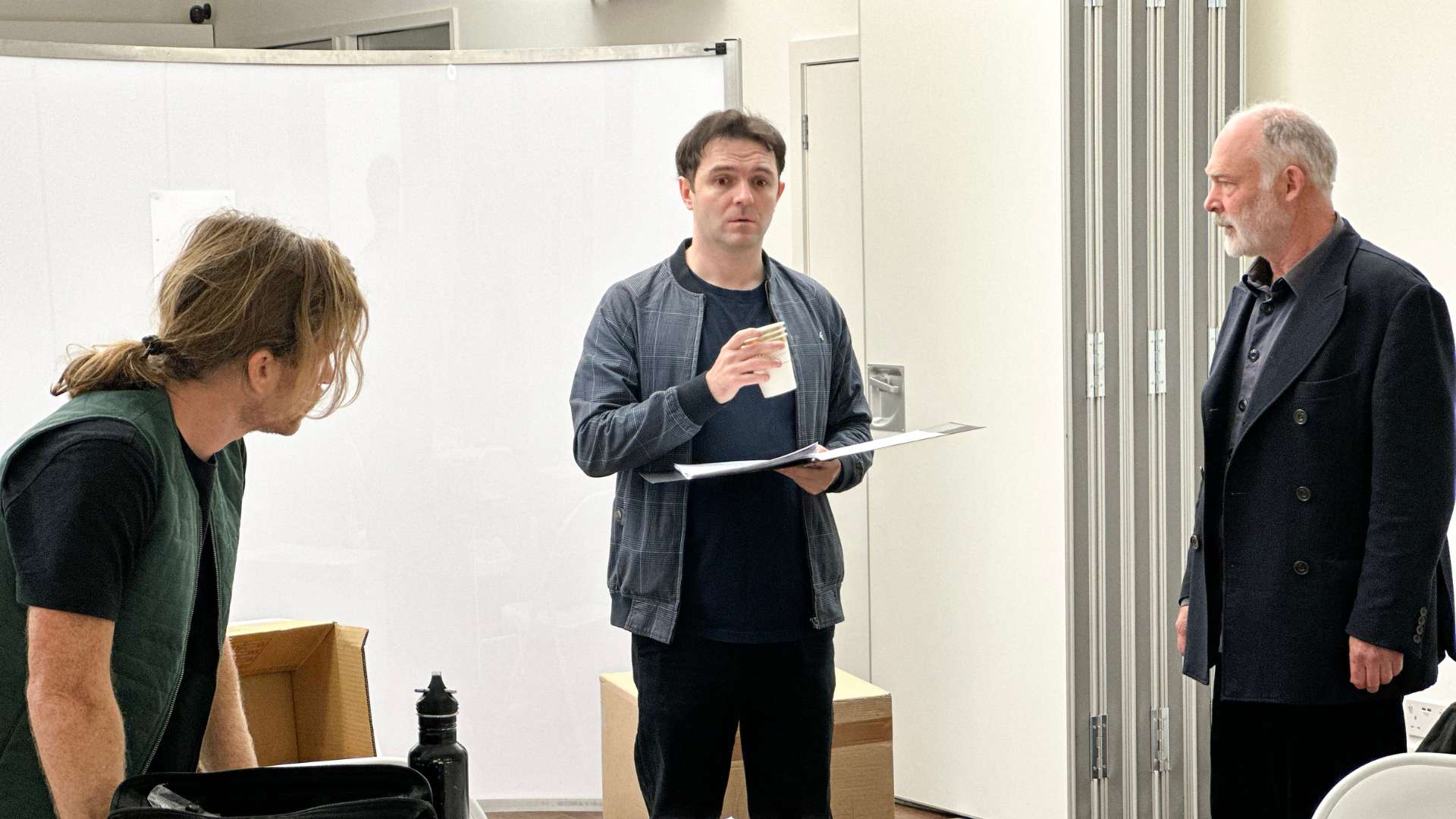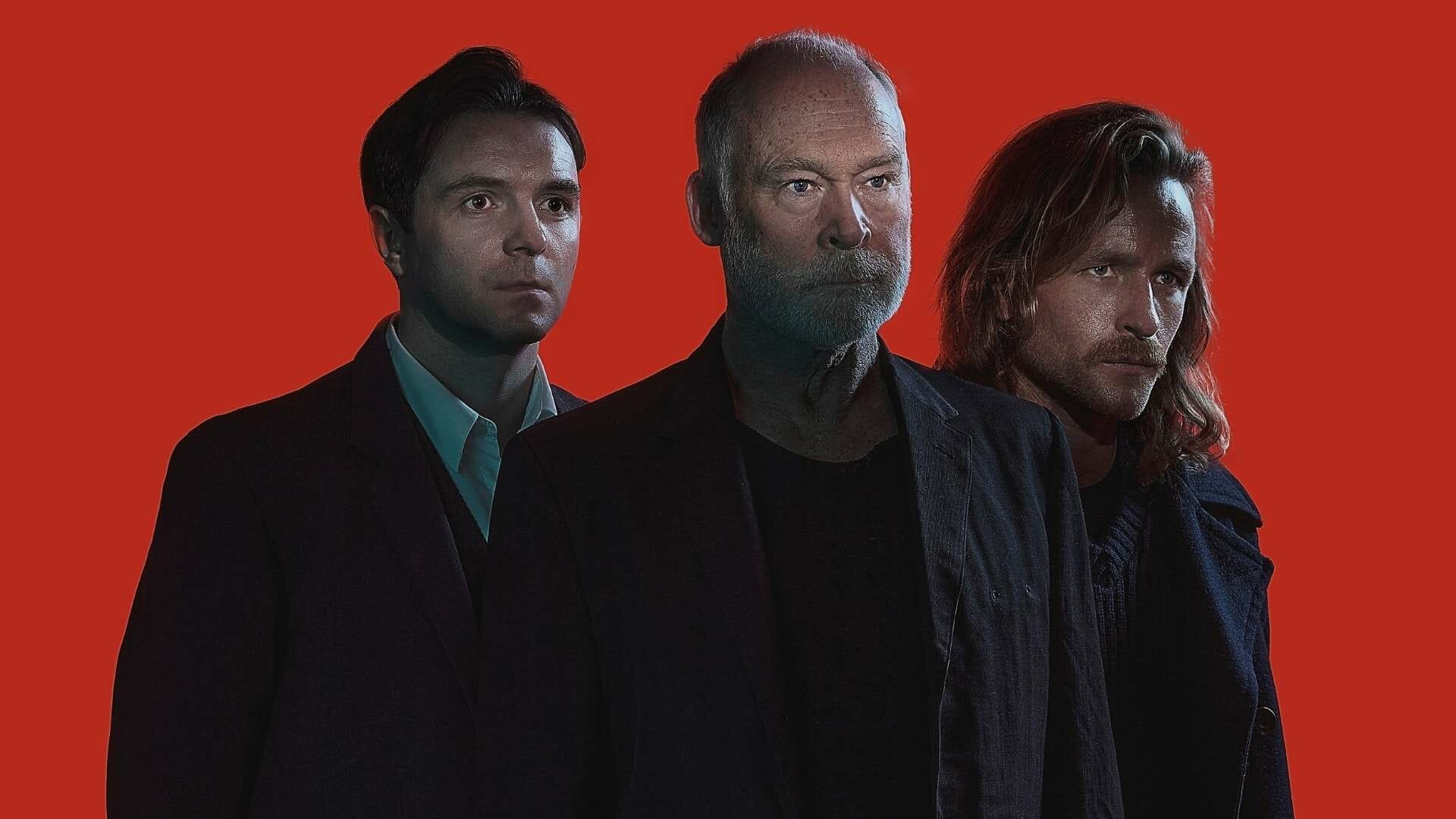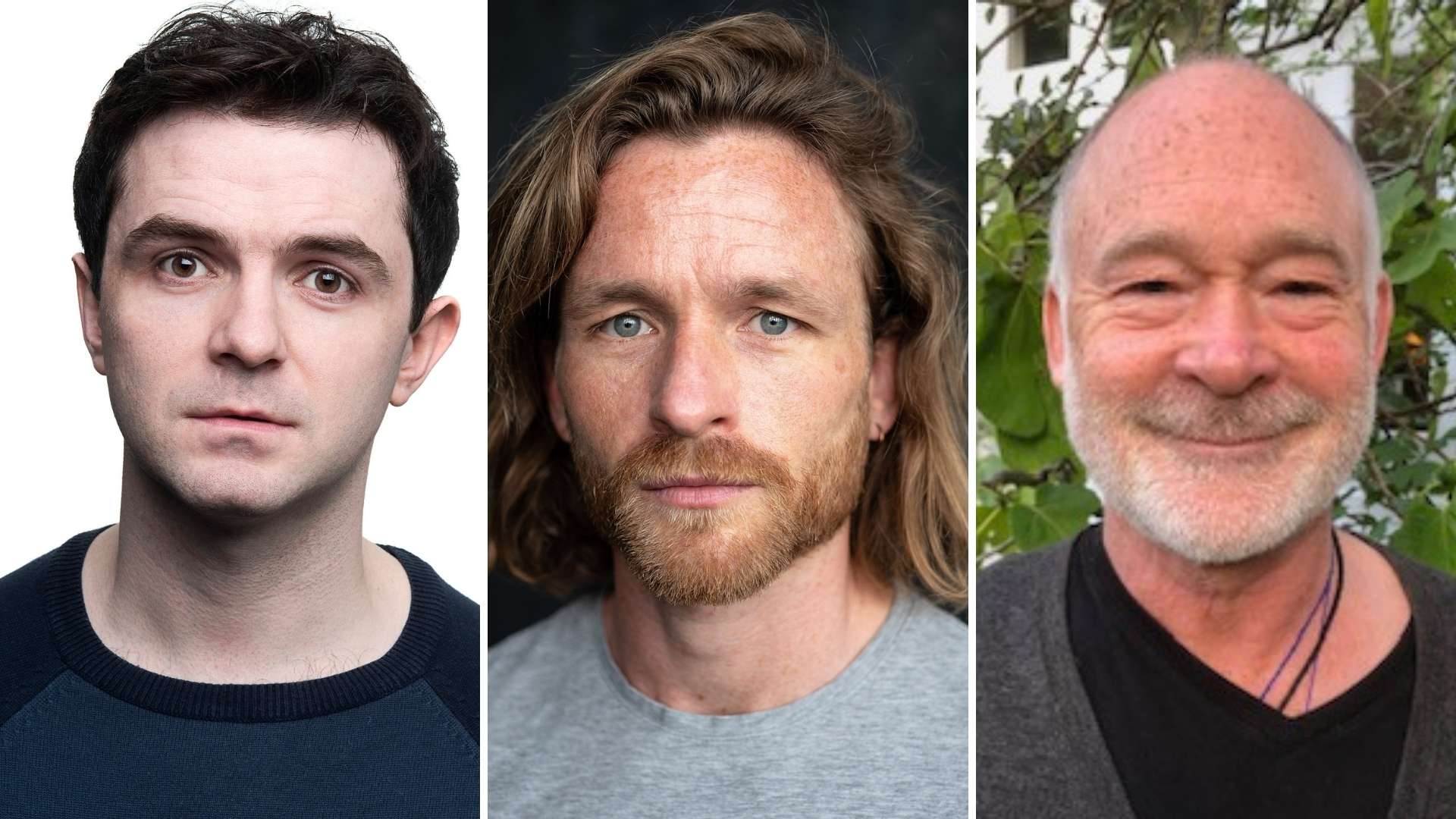 It’s one of Scotland’s most enduring mysteries; in 1900, three lighthouse keepers stationed on the remote Outer Hebridean Flannan Isles simply vanished, with beds unmade and food half eaten, the relief crew, and subsequent investigations could never work out what actually happened. Paul Morrissey’s Wickies: The Vanishing Men of Eilean Mor explores the mystery and adds a supernatural twist to the story.
It’s one of Scotland’s most enduring mysteries; in 1900, three lighthouse keepers stationed on the remote Outer Hebridean Flannan Isles simply vanished, with beds unmade and food half eaten, the relief crew, and subsequent investigations could never work out what actually happened. Paul Morrissey’s Wickies: The Vanishing Men of Eilean Mor explores the mystery and adds a supernatural twist to the story.
Directed by Shilpa T-Hyland, Wickies: The Vanishing Men of Eilean Mor takes us through the eight days the men were known to be stationed on Eilean Mor, with interjections from the men who would later discover them missing and the officials who would investigate.
These lighthouse keepers were colloquially called wickies, because their job entailed maintaining and trimming the wicks on the lantern, and while this play seeks to shed some light on the mystery, no one really knows what happened. However, the journals kept by the keepers do highlight the misery and loneliness of the job, and Morrissey’s script uses them to recreate events.
“Nothing about here is fun” says James Ducat, the lighthouse principal, while his Second, Donald MacArthur, also seems to be worn down by the strain of the job. Newcomer, Thomas Marshall, is a fisherman by trade, and has stepped in at the last minute to cover a sickness, his inexperience grates on Donald in particular, leading to him being teased and nicknamed ‘the bairn’.
Morrissey’s play utilises a variety of techniques to highlight the bleakness of the situation; repetition in the lines mirrors the tasks to be completed every day, while elements of storytelling show the myths and rumours that circulate between wickies.
The play also includes a number of sea-shanties, beautifully performed by the cast, which would have traditionally kept spirits high and motivated the men. The shanties help break up the story aspect and allow us to easily move forward through events.
Zoe Hurwitz’s set design creates a sense of the claustrophobia within the lighthouse, confining most of the action to the cramped kitchen, or Thomas’s writing desk on the floor above. It’s in this second location that the idea of the supernatural is introduced, Thomas records seeing and hearing things that shouldn’t have been there.
Whether Morrissey goes far enough with this concept is up for debate, and Wickies sits somewhere between period drama and thriller. There are a couple of jump-scares and some nifty staging tricks that keep the audience guessing what might come next.
But it’s Bethany Gupwell’s lighting design and Nik Paget-Tomlinson’s sound design that creates the greatest sense of fear, with darkness filled with lashing waves and rolling thunder accompanied by Niall Bailey’s soundscape, there is a permanent feeling of foreboding.
The cast; Ewan Stewart, Graeme Dalling and Jamie Quinn work well together, and there’s real chemistry amongst them. The switching to other characters is pretty seamless and the audience are always clear whether it’s one of the three keepers, or another character that’s talking. Graeme Dalling gives a particularly impressive performance as the hard drinking and hard-nosed Second.
This bonnie wee play might not hold the answer to the vanishing men of Eilan Mor, but it gives its audience plenty to think about, Wickies is absolutely fascinating and is a story told with superb intricacy.


















Comments 5